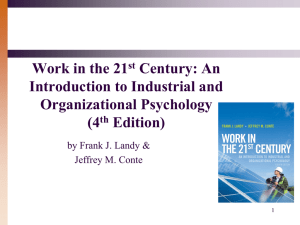Emotions in the Workplace
advertisement
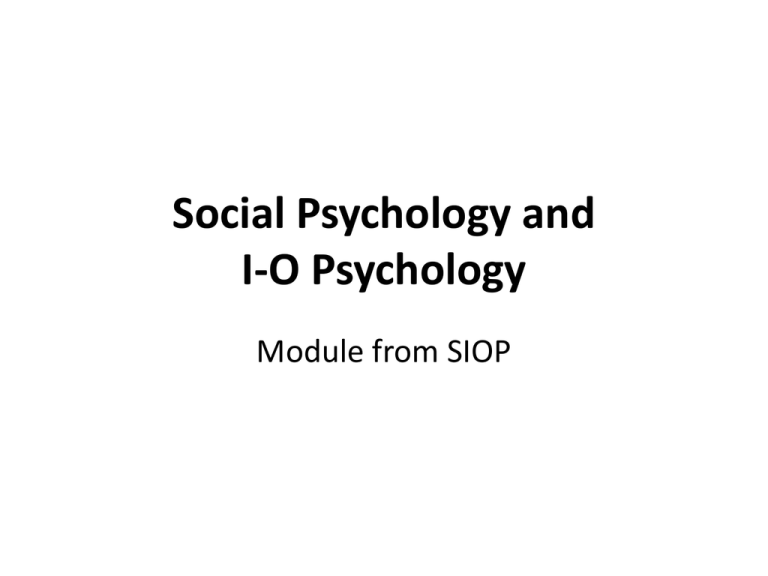
Social Psychology and I-O Psychology Module from SIOP Social and I-O Psychology • Many theories and findings from social psychology research have been applied in I-O psychology research. • The list is long, but here are a few links: – Attraction Bias in employee selection & evaluation – Social exchange Organizational citizenship behaviors and counterproductive workplace behaviors – Group processes Motivation and decision making – Power/interpersonal influence Leadership Attraction Bias in Evaluation • Social psychologists know there are predictable reasons why we are attracted to others (e.g., proximity, similarity). • I-O psychologists know that these reasons can unduly influence evaluation of people who are looking to get hired or get a good raise. • Excessive attraction bias can lead to employment discrimination Social exchange OCBs/CWBs • Social psychologists know that people expect to receive something in exchange for what they have given, and vice versa. • I-O psychologists know that when workers feel their organization has been good to them, they are more motivated to return the favor in terms of voluntary, helpful behaviors (called organizational citizenship behaviors). • If workers feel they have been treated unfairly, they are more likely to “return the favor” in terms of harmful behaviors (called counterproductive workplace behaviors) such as absenteeism or theft. Group processes Influence and Decision making Social influence: • Social facilitation – when workers are being watched, they are more likely to work harder • Social loafing – when workers are part of a team responsible for some work, a lack of individual accountability can lead to lower effort for those workers Decision making: • Group think – decisions made in a work team can be poor quality if dissent is not explicitly encouraged and cohesiveness is high • Group polarization – decisions made in a work team can be more extreme if emotions run high LeadershipTheories There are different approaches to leadership research: • “Great man” approach – you must be born a great leader • “Power” approach – leadership is about acquiring and wielding the right kind of power • Behavioral approach – you just need to exhibit leader-like behaviors to be a good leader • Dyadic/situational approach – leadership depends on the relationship between the leader and the follower (subordinate) • Transformational approach – you need to inspire your followers to buy into your vision • Abusive/destructive leadership approach – some leaders are not trying to be supportive, good leaders Class Discussion • How can factors influencing attraction possibly lead to employment discrimination? • Have you ever gone the extra mile for your organization? If so, what factors contributed to your decision to help? • Have you seen social facilitation or social loafing at your workplace? How can organizations encourage teamwork and avoid social loafing? • How can an organization help support workers who want to become great leaders? For more information… Elkins, T. J., & Philips, J. S. (1999). Evaluating sex discrimination claims: The mediating role of attributions. Journal of Applied Psychology, 84, 186-199. doi:10.1037//0021-9010.84.2.186 Kelloway, E. K., Francis, L., Prosser, M., & Cameron, J. E. (2010). Counterproductive work behavior as protest. Human Resource Management Review, 20(1), 18-25. doi:10.1016/j.hrmr.2009.03.014 Liden, R. C., Wayne, S. J., Jaworski, R. A., & Bennett, N. (2004). Social loafing: A field investigation. Journal of Management, 30, 285-304. doi: 10.1016/j.jm.2003.02.002 Piccolo, R. F., & Colquitt, J. A. (2006). Transformational leadership and job behaviors: The mediating role of core job characteristics. Academy of Management Journal, 49, 327-340. doi:10.5465/AMJ.2006.20786079 Collins, D. B., & Holton, E. F., III. (2004). The effectiveness of managerial leadership development programs: A meta-analysis of studies from 1982 to 2001. Human Resource Development Quarterly, 15, 217-248. doi:10.1002/hrdq.1099
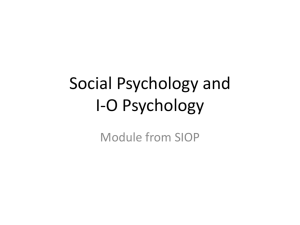

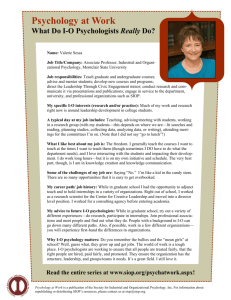

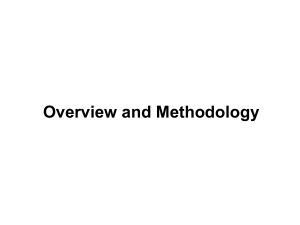

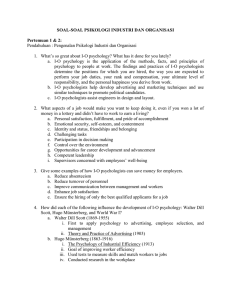
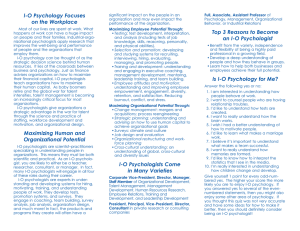
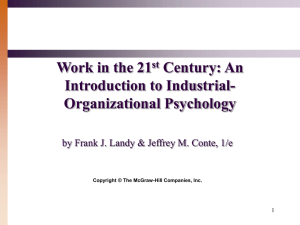
![Work_21st_Chapter_01-1rev[1]](http://s2.studylib.net/store/data/009956960_1-ad5a0557e9e671db190f0b5679e3ad21-300x300.png)
